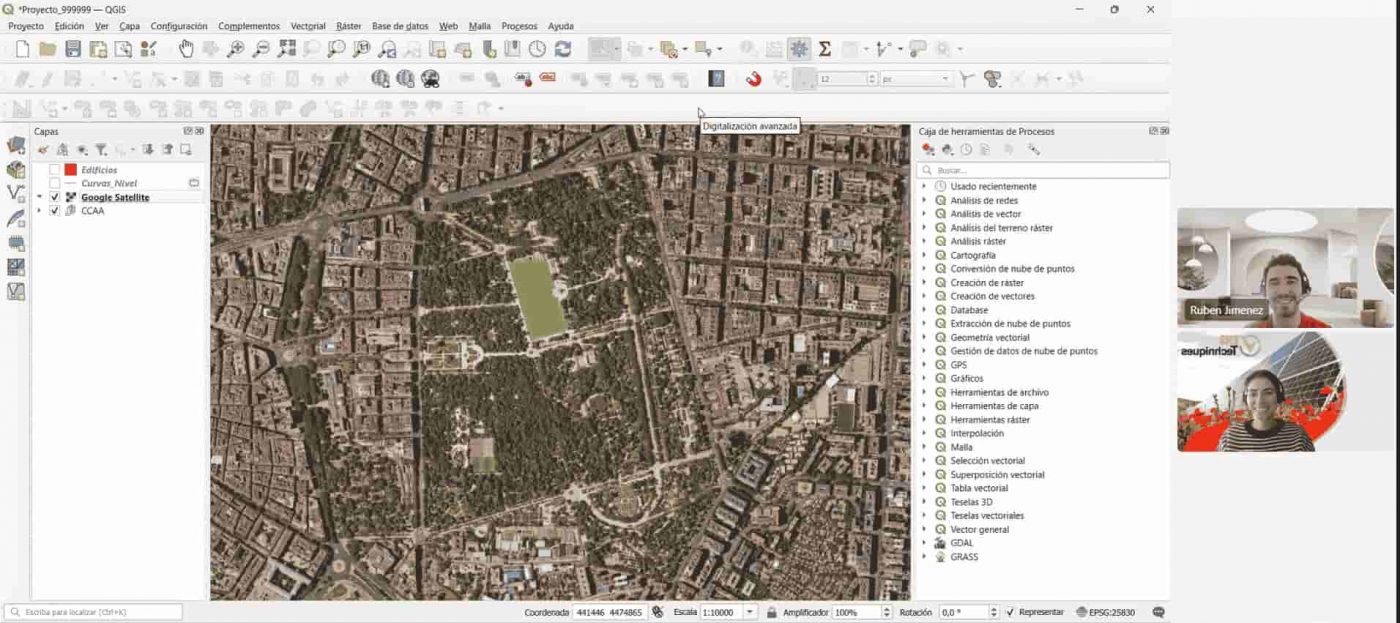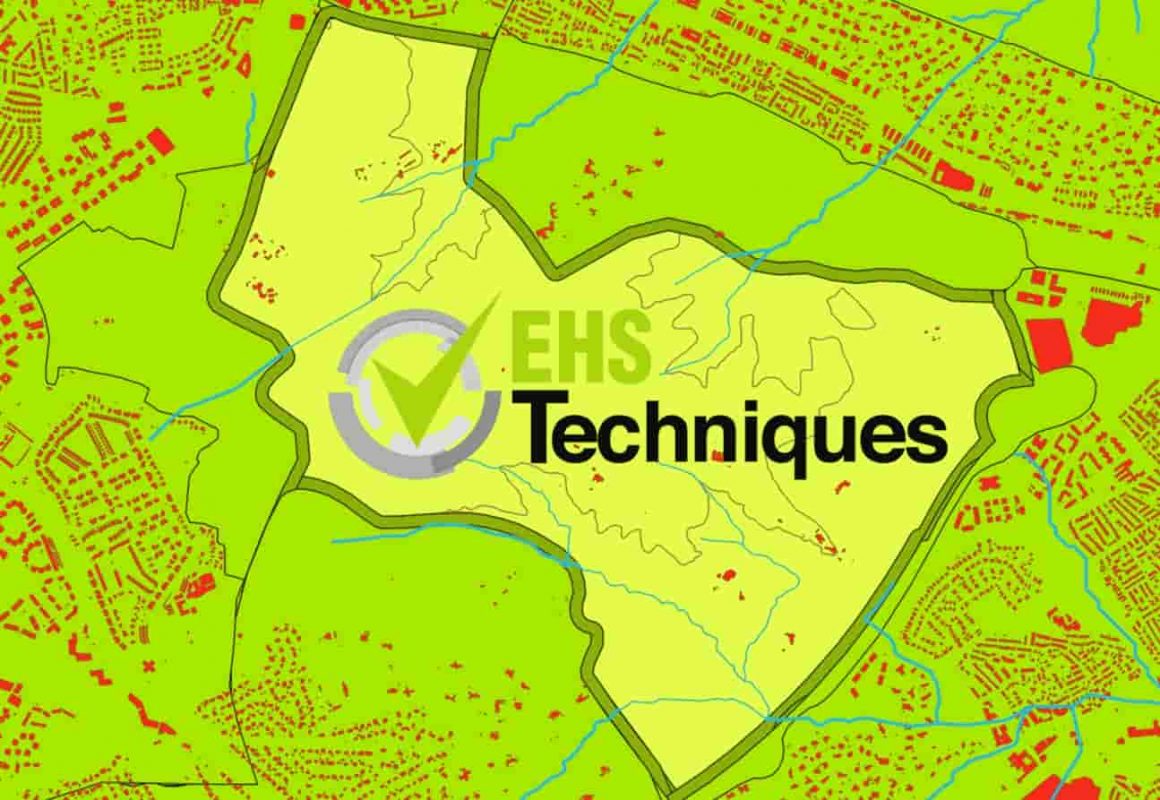If you want our EHS Techiques team to prepare your environmental impact study or your environmental monitoring plan with full knowledge of the administrative requirements, meeting expectations and optimizing the investment according to your needs, we are ready to accompany you in every phase of the project. Click here and let’s start together
Why are Geographic Information Systems key to EHS Techniques?
At EHS Techniques we work under the premise that no project exists in isolation from the territory that hosts it. As a society, every decision we make and every infrastructure that is planned has significant environmental, social or economic implications that directly affect the territory, just as the territory itself, with its characteristics, limitations and potential, conditions and shapes these decisions.
With this in mind, and assuming the responsibility of managing territorial change, EHS Techniques strongly advocates the use of Geographic Information Systems (GIS) as a geospatial tool.
This technology enables the integration, management and advanced analysis of all relevant spatial information, helping us to make more informed, robust and ultimately more accurate and sustainable decisions. of all relevant spatial information, helping us to make more informed, robust and, ultimately, more accurate and sustainable decisions.
How do we use GIS for a comprehensive analysis of the territory?
When analyzing the study territory, we take into account and process all types of information that incorporate an intrinsic spatial component.
From environmental data and land use, to demographic variables and existing infrastructure networks. We use this tool by combining all these layers of information in a dynamic way, thus integrating environmental, social and economic issues in a holistic manner.
This multidisciplinary approach is crucial for a complete evaluation.
In addition, we use GIS to observe and model the changes that occur over time in the territory and how certain decisions or interventions affect it with a clear spatial component, allowing predictive analysis of future impact.
What is the use of GIS in sustainable planning and strategic decision making?
To facilitate and simplify the understanding of the complex territory studied, even serving as a visual and intuitive approach for team members to the analyzed terrain. But the benefit is not only internal for EHS Techniques, but also extends to the public administrations or clients with whom we collaborate, improving communication and transparency.
Thanks to the rigorous use of GIS,EHS Techniques can get closer to the territory, proactively anticipating possible territorial, social or environmental conflicts, and propose the most appropriatealternatives before they materialize.
GIS help us not only to reduce potential negative impacts, but also to create territorial value, identifying and prioritizing sustainable development opportunities that are often not visible to the naked eye or through traditional analysis.
In any case, at EHS Techniques we believe that the energy transition and the development of new infrastructures cannot be measured only in megawatts or kilometers of line, but also in trust, social cohesion and shared value. And GIS is our essential tool to make this value visible and quantifiable.
However, although it is therefore an extraordinarily useful tool for the processing and modeling of spatial information, at EHS Techniques we are fully aware that digital results cannot capture the complexity and nuances of reality in its entirety. For this same reason, we know that the most valuable and accurate geographic information is also built with direct field work, thus completing the rest of the necessary practices and methodologies that help the best decision making in reference to any project we address.
Company
The EHS Techniques team and its experience guarantee a close and flexible service adapted to our customers and the implementation of the most advanced technologies internationally at reasonable costs. Contact us
International experience
We have the international experience necessary to continue offering this service anywhere in the world.
Environmental and Social Impact and Monitoring EHS Techinques
We have a strong multidisciplinary team with both national and international experience.


 Español
Español
